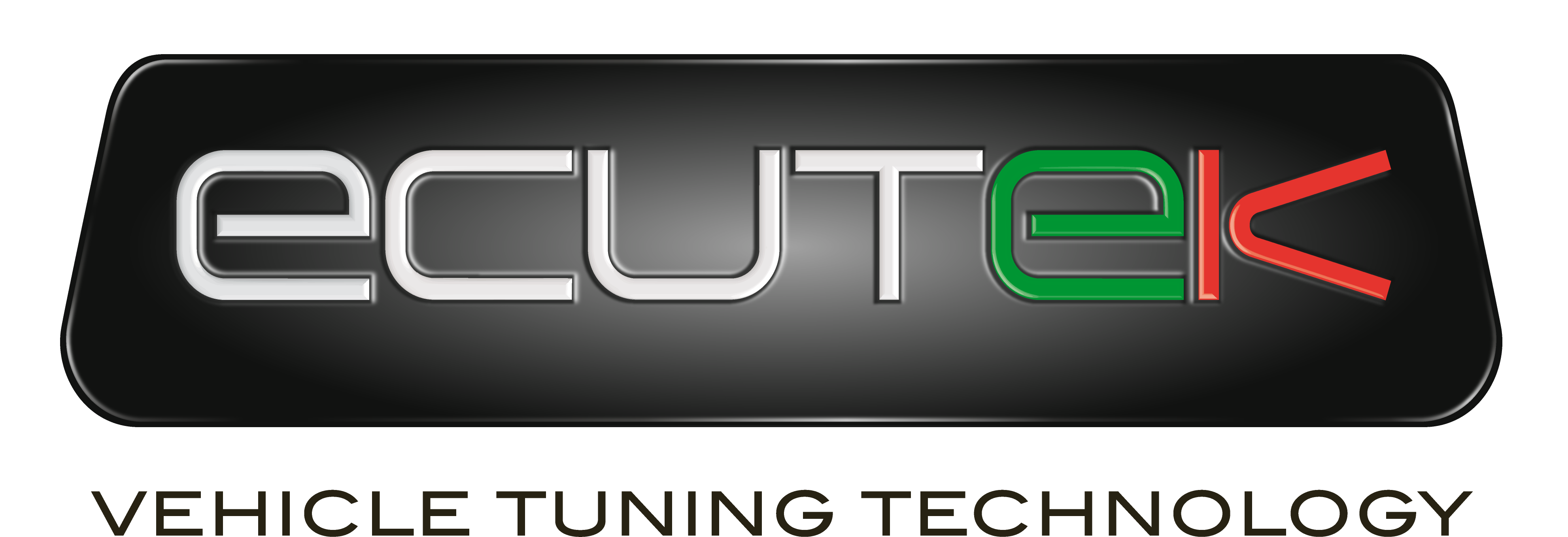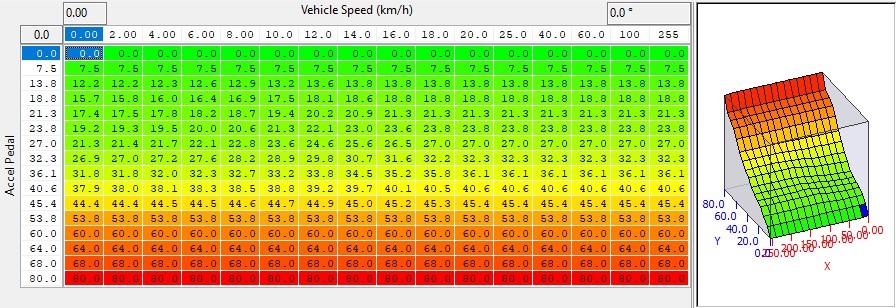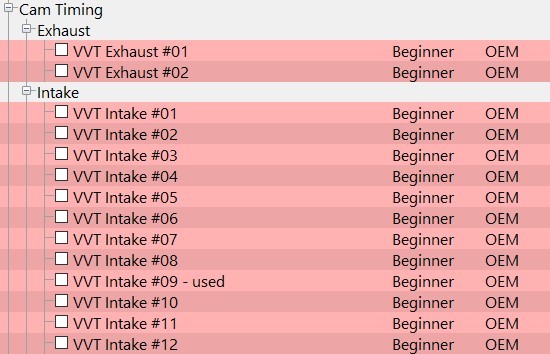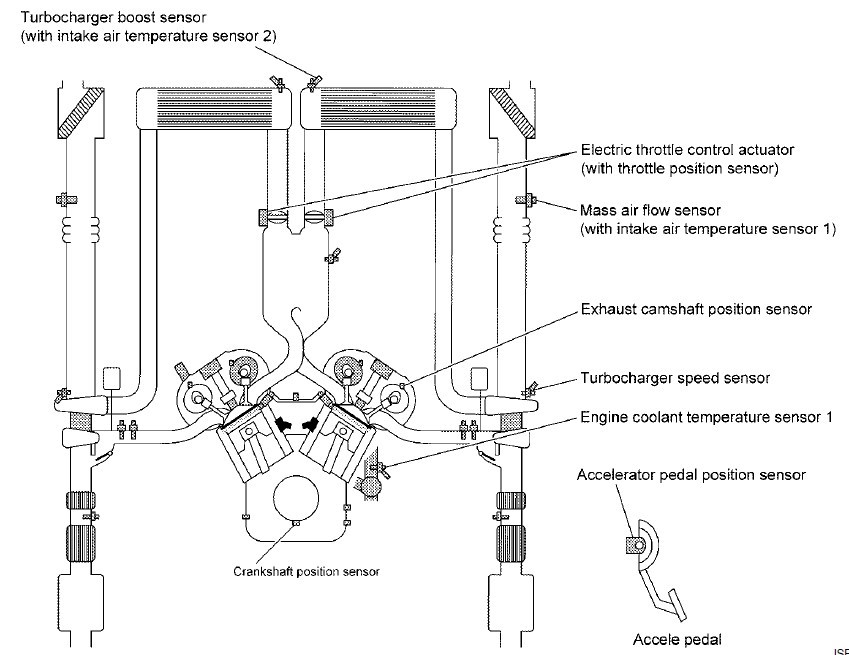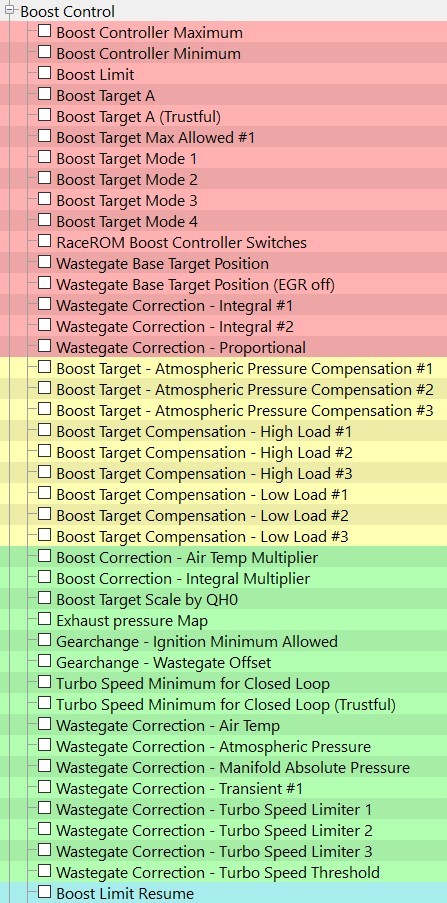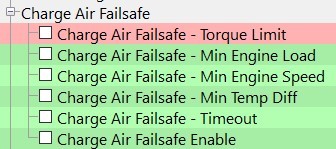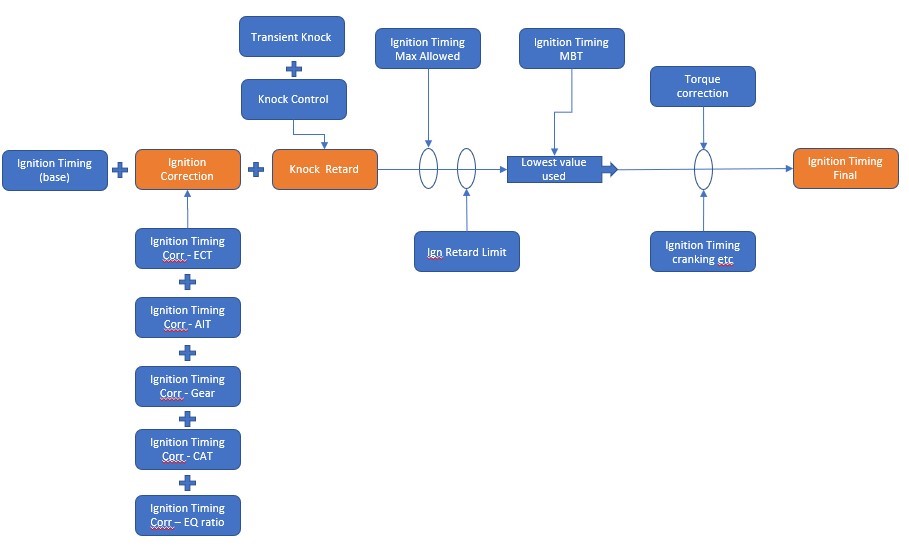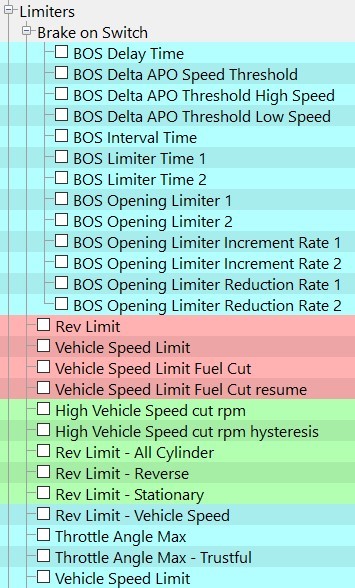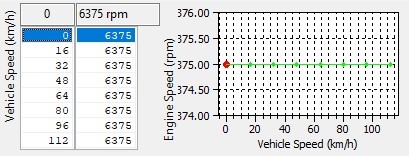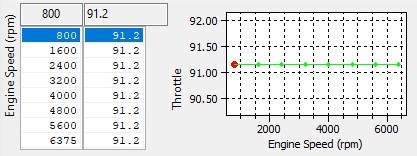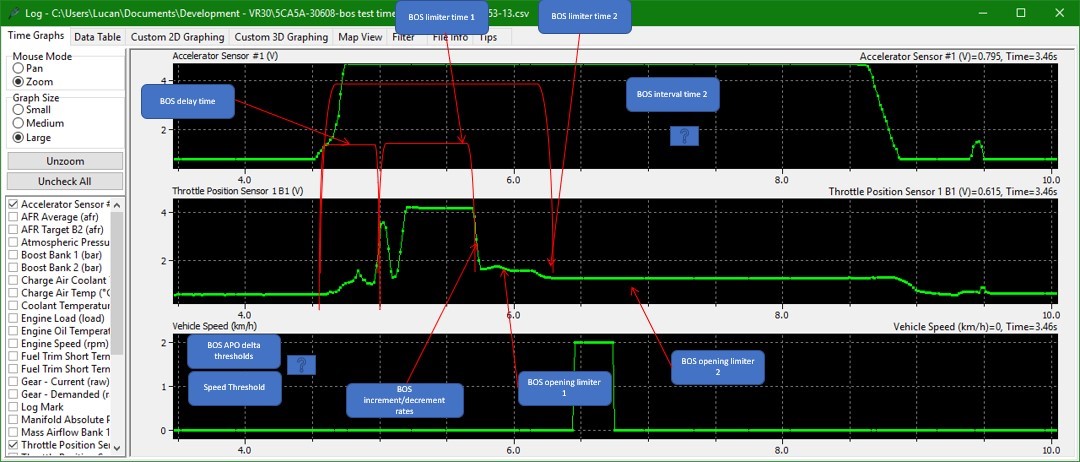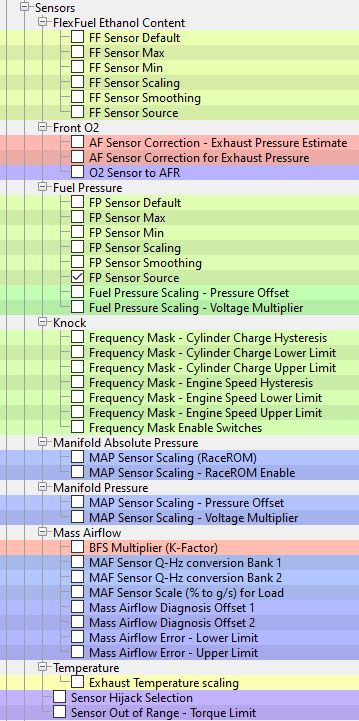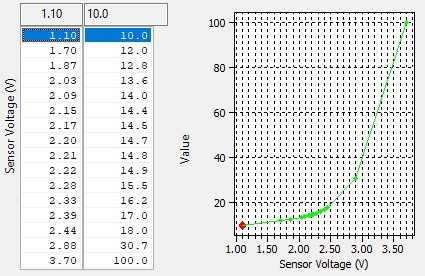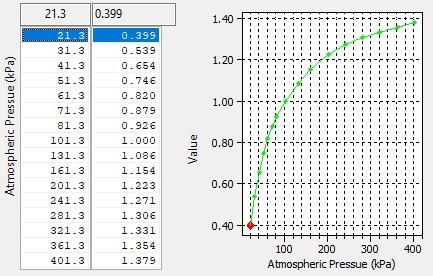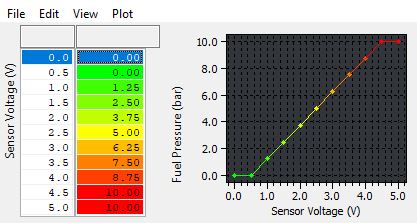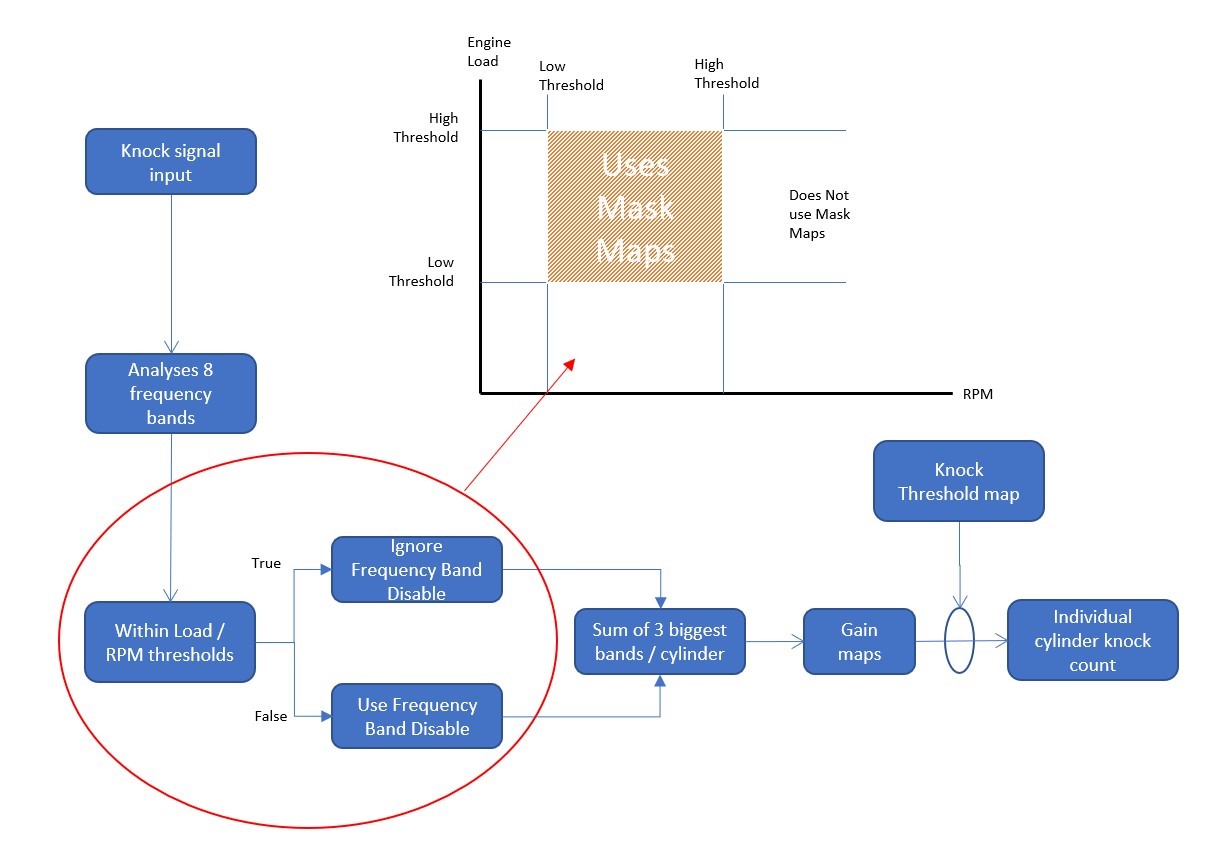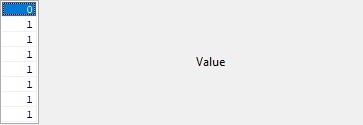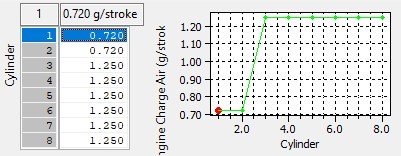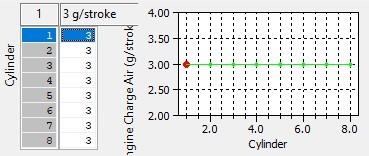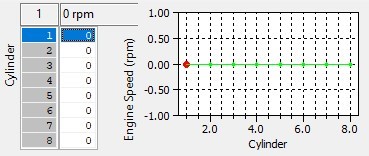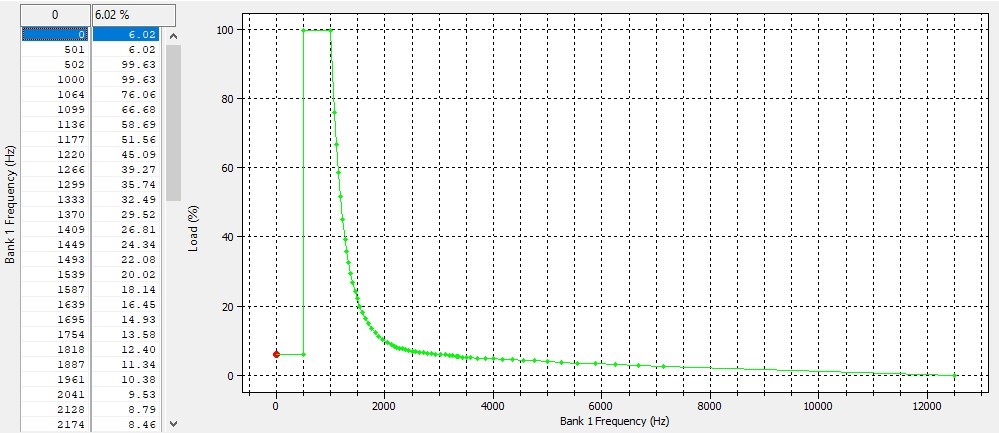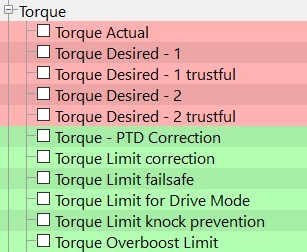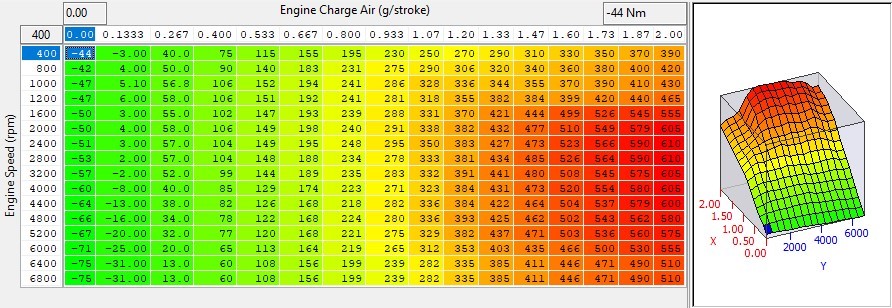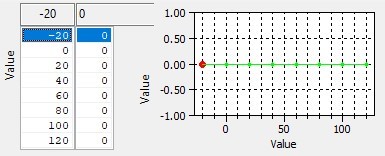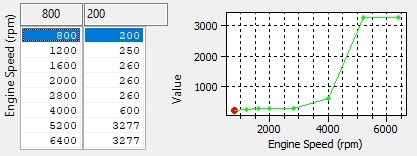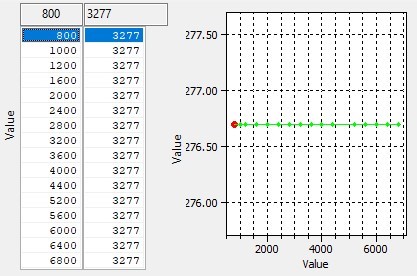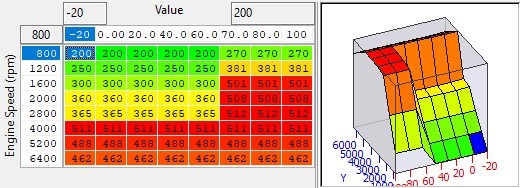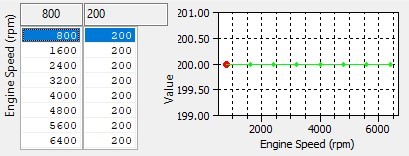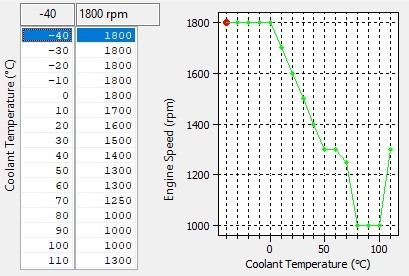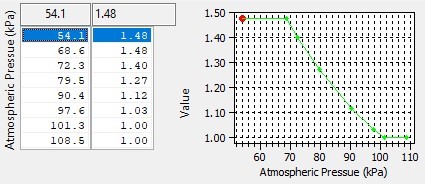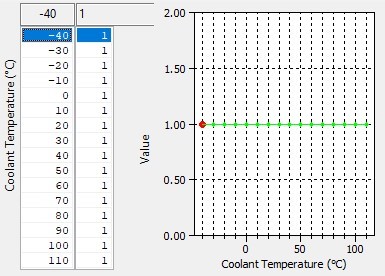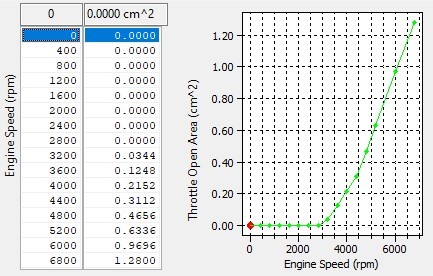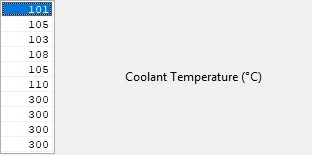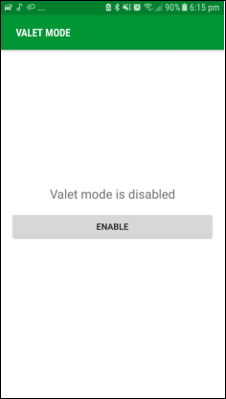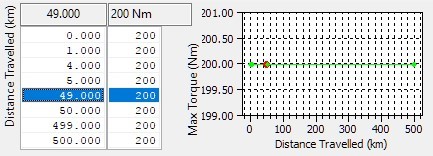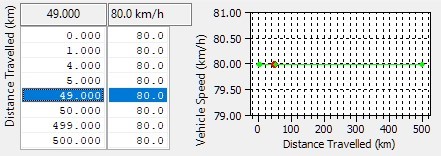Nissan/Infiniti VR30DDTT Tuning Guide
Introduction
Nissan and Infiniti's latest venture into sports luxury vehicles has resulted in the release of the Nissan VR30DDTT powertrain, inspired by the VR38tt found in the R35. These vehicles sport some of the lastest features developed and come in two different configurations.
Already an award winning engine, the VR30 offers seamless power delivery, the latest in direct injection technology and a range of special equipment in order to easily monitor, maintain, and increase the power and torque delivery.
maps denoted with a RaceRom logo are tables from the RaceRom software and require the addition of that software.
Engine Variants
Standard Output Engine
- 300 horsepower with 295 lb-ft of torque
- single cooling pumps
Shared Features
- Water to air intercoolers (With Aircon Cooling capacity)
- Twin Turbos boasting electronic wastegate actuators and an integrated manifold
- Aluminum block with arc sprayed mirror coating lining the cylinder bores
- Aluminum cylinder heads with integrated exhaust manifold
- Electronically controlled variable displacement oil pump
- Dual Variable Valve Timing VTC (Electronic inlet cam. Hydraulic Exhaust Cam)
- Direct Injection
High Output Engine
400 horsepower and 350 lb-ft of torque
- Turbo Speed Sensors
- dual cooling pumps
Summary of Software
The software to cover the VR30DDTT engine has been introduced to allow reprogramming of the factory ECU in order to tune the necessary components of the calibration in order to allow for modifications and increases in power. This is not a standalone repalcement ECU so you shouldn't run into the associated issues or disadvantages of setting up a purpose-built ECU and control system from scratch.
The software allows easy control over most factory parameters including:
- Boost Targets and wastegate control
- Target AFR
- Ignition Timing
- Fuel Delivery including fuel pump calibration (using the same style pump as OEM)
- Airflow Measurement and fuel compensation
It also allows the addition of extra features to improve the speed and quality of the tune. These are features such as
- Safeguards for temperatures and airflow that the factory calibration does not include
- Valet Modes
- EcuTek ECU Connect compatibility and adjustment
- Map switching for fuel and ignition timing
As the product progresses and development occurs, new features and improved definitions will be added.
Block Programming
Method of Operation
Block Programming (BP) will be enabled after a RaceRom patch is installed on an ECM. This means the first time you program with a BP/RaceRom equipped ROM the ECU needs to use the slow OEM programming sequence and therefore programming time will not change. On subsequent programming operations, BP will be used. The minimum programming time is approximately 20 seconds and BP will always reprogram the start and end block. More changes will require more blocks to be reprogrammed taking additional time. DTC clearing and power-off sequences still need to be followed after programming.
Failed Flash Recovery
Block Programming (BP) will be enabled after a RaceRom patch is installed on an ECM. This means the first time you program with a BP/RaceRom equipped ROM the ECU needs to use the slow OEM programming sequence and therefore programming time will not change. On subsequent programming operations, BP will be used. The minimum programming time is approximately 20 seconds and BP will always reprogram the start and end block. More changes will require more blocks to be reprogrammed taking additional time. DTC clearing and power-off sequences still need to be followed after programming.
- Close the ProECU Programming Window
- Disconnect the battery for at least 15 seconds to stop the programming code continuing to run in RAM
- Manually select the correct ECM programming window for the car. This is a critical step as ProECU will not be able to auto-detect a partially programmed ECM
- Select the correct ROM
- Program
Tuning Guide
Boost Control
For more in-depth information, check out VR30DDTT Boost Control
Starting with RaceROM Version 3, the OEM boost control has been rewritten and replaced with our own simplified boost control strategy using its own set of dedicated RaceROM maps. Upon adding a version 3 or later RRFF, this option is enabled by default, and comes pre-populated with a sensible stage 1 boost control setup. As the VR30 utilises electronic wastegates it is possible to set WG position at any RPM, the principles (proportional, integral and derivative) are the same as a pneumatic wastegate, however the control is performed in position rather than duty. There are also turbo speed sensors in the 400hp (high boost pressure) model which adds another dimension to the amount of control the ECU can exert. There are no blow off valves (BOV) as standard equipment on the VR30DDTT motors and as a result they are susceptible to pre-throttle over-boost during gearshifts or when entering overrun. We have added some functionality to the boost control system in order to reduce the over boost amount, fortunately the system additionally is able to control MAP is relatively well using the throttle, further reducing the risk to engine internals.
Map List
Live Data Parameters
- Boost Bank1/Boost Bank2 – Absolute pressure in bar, measured by the two boost sensors
- RBC Maximum Desired Boost – Relative boost max target matches number format on the gauge
- Boost Target – Absolute pressure target in bar, measured by the intake manifold pressure sensor Boost Error – Difference between MAP and Boost Target, positive numbers are over boost
- Boost Target – RBC Maximum – The current RR boost controller setpoint.
- Boost Target Multiplier – The QH0 based multiplier used for boost target correction
- Manifold Gauge Pressure – “Boost” pressure measured in bar above the current atmospheric pressure
- Manifold Absolute Pressure – Absolute pressure in bar, measured by the intake manifold pressure sensor
- Manifold Pressure Sensor – MAP sensor voltage value
- Turbo Speed B1 & B2– Current turbo speed in rpm only available on the 400hp models
- Wastegate Actuator Position B1 & B2 – The mm distance the wastegate has extended (related to WG angle)
- WG Actuator Position Sensor B1 & B2 – the WG position sensors current voltage output
- WG Corr Base – The output from Wastegate Posn. Corr. Calculation, not used in RR boost control strategy
- WG Corr Integral – WG duty added by Integral correction of EcuTek boost control strategy
- WG Corr Proportional – WG duty added by Proportional correction of EcuTek boost control strategy
- WG Corr - Prop Int Sum – Correction resulting from proportional and integral added together
- WG Corr – Transient – Derivative component of boost error calculation
- WG Offset – During Gearshift – Offset applied in mm during upshift.
- WG Target – Air Temp Comp – Air temp correction value from target map (in Bar)
- WG Target – Atmospheric Pressure Correction amount applied from the Atmo Pressure Comp map
- WG target – Basemap Lookup - the value referenced in the WG target map (in mm)
- WG Target – Position – Final Position target after all corrections (in mm)
Limiters
The VR30DDTT has many safety limiters. Raising the limiters without complete understanding may cause issues or damage to the vehicle's engine. When attempting to generate more power, some limiters may need to be increased or decreased.
Map List
Sensor Scaling
Sensor scaling is the category that contains all the sensor based scaling factors relevant to tuning the VR30DDTT engine. If there are sensors you wish to replace with aftermarket types use the sensor scaling maps and enter the new values of the sensors (acquired from their manufacturer).
Map List
Live Data Parameters
- AF Sensor B1 (V) – Voltage output of the AFR sensor bank 1.
- AF Sensor B21 (V) – Voltage output of the AFR sensor bank 2.
- AFR Bank 1 (AFR) – Bank 1 Sensor output in AFR counts as seen by the ECU after corrections.
- AFR Bank 2 (AFR) – Bank 2 Sensor output in AFR counts as seen by the ECU after corrections.
- AFR Calibrated – AFR value according to polynomial calculation based on wideband measured AFR.
- Fuel Pressure (MPA) – Absolute measured fuel pressure output of High pressure fuel rail in Mpa.
- Fuel Pressure Sensor (mV) – Voltage output of High pressure fuel rail sensor in millivolts.
- Knock Index - Cylinder 1 to 6 – Knock count value as seen by the ECU for each individual cylinder.
- Knock Threshold – Cylinder 1 to 6 – The set knock threshold output of the knock threshold map.
- Boost Sensor 1 & 2 (bar) – Boost sensor output value in Bar.
- Manifold Pressure Sensor (V) – Voltage output of the Manifold pressure sensor.
- Manifold Absolute Pressure (bar) – Absolute pressure measure in the manifold.
- Mass Airflow (g/s) – Converted Mass airflow after MAF sensor output processing.
- Mass airflow Bank 1 (% load) – Bank 1 specific load converted output of MAF sensor (not corrected).
- Mass airflow Bank 2 (% load) – Bank 2 specific load converted output of MAF sensor (not corrected).
- Mass Airflow Sensor Freq B1 – Bank 1 MAF sensor output frequency.
- Mass Airflow Sensor Freq B1 – Bank 2 MAF sensor output frequency.
- Exhaust Temp 1 B1 (V) – Voltage output of EGT sensor for bank 1.
- Exhaust Temp 1 B2 (V) – Voltage output of EGT sensor for bank 2.
- Exhaust Temp B1 (°C) – Converted Exhaust gas temperature for Bank 1.
- Exhaust Temp B2 (°C) – Converted Exhaust gas temperature for Bank 2.
Torque
The VR30DDTT uses torque targets in order to control requested throttle airflows and power demand. Torque reduction requests are also released through these strategies. Similar to other Nissan platforms there are powertrain torque demand maps, torque output maps, limits and torque corrections.
Map List
Live Data Parameters
- Torque Actual (Nm) – Estimates Actual Engine Torque Produced.
- Torque Demand 1 (Nm) – Demanded torque for powertrain
- Torque Demand 3 (Nm) – Demanded torque for other units
- Torque Limit (Nm) – Current safety limit for torque
- Torque Red Req – Time Since Gear (s) – Gear sift timer from torque reduction request release
- Torque Red Req 1 (Nm) – Torque reduction request from transmission
- Torque Red Req 2 (Nm) – Torque reduction request from other modules
Idle Control
Idle control is done using the electronic throttle, the function uses a similar method to other Nissan products.
Map List
Live Data Related Parameters
- Engine Speed (RPM) – Current engine speed
- Coolant Temperature (°C) – Current engine coolant temperature
- Mass Airflow Sensor Freq B1 – Bank 1 MAF sensor output frequency
- Mass Airflow Sensor Freq B1 – Bank 2 MAF sensor output frequency
- Intake Air Temperature (°C) – Current intake air temperature
- Atmospheric Pressure (Bar) – Current Barometric Pressure
Radiator Fan Control
Radiator fan speed for coolant temperature control is performed by the ECM. The fan speed and activation points can be adjusted in the calibration to cope with increased cooling demand and changed radiator airflow characteristics.
Map List
Live Data Related Parameters
- Radiator Coolant Temp (°C) - Current Radiator Temperature.
- Fan Duty (%) - Current requested duty for the radiator fan
Glossary of Terms
- AFM - Air Flow Meter.
- AFR - Air Fuel Ratio.
- Calculated Air Flow - The ai flow sensor voltage is not linearly related to the amount of air flow. The ECU uses a scaling map to translate the air flow sensor voltage into an air flow rate value called calculated air flow.
- ECM - Engine Control Module.
- Engine Load - The ECU calculates engine load based on calculated air flow divided by engine RPM. It is effectively how much air enters the engine on each revolution.
- FTST - Fuel Trim Short Term.
- FTLT - Fuel Trim Long Term.
- FMIC - Front Mounted Intercooler.
- MAF - Mass Air Flow (sensor).
- MAP - Manifold Absolute Pressure (Sensor) a measure of pressure where the zero point is a vacuum.
- MRP - Manifold Relative Pressure or boost pressure. A measure of pressure where the zero point is barometric pressure either at sea level or local.
- MBT - Maximum best torque or minimum best timing.
- O2 Sensor - Lambda or Oxygen Sensor. Analyzes the parts of unburnt fuel vs. oxygen content found in the exhaust stream of the engine.
- RRLC - RaceRom Launch Control.
- RRBC - RaceRom Boost Control.
- RRFF - RaceRom Feature File.
- SD - Speed Density, the amount of air movement (mass airflow) in grams is calculated via the MAP sensor rather than the MAF sensor.
- TCM - Transmission Control Module or Gearbox ECU.
